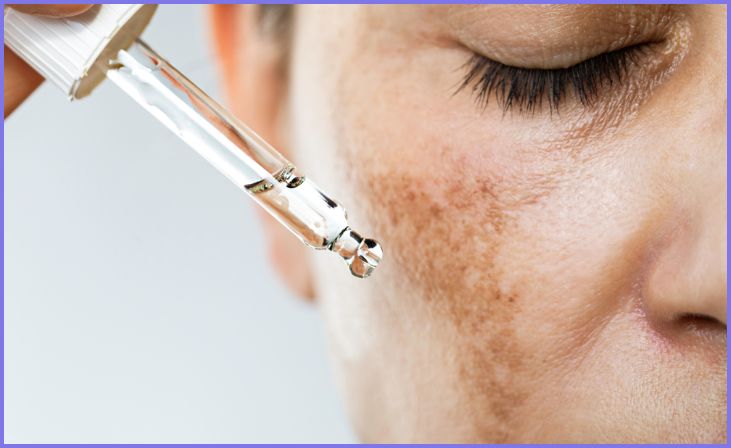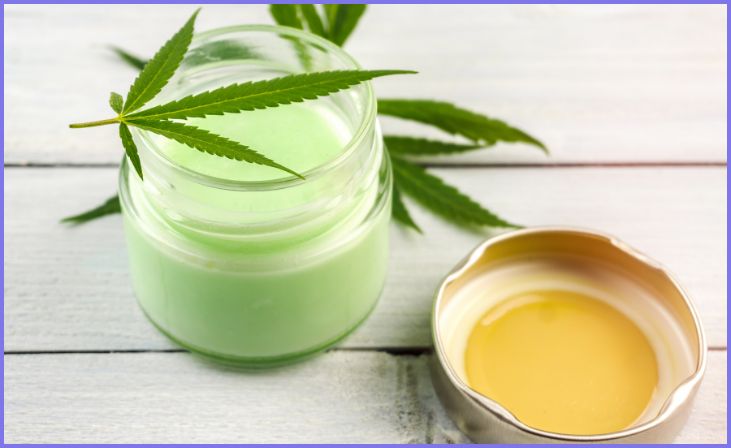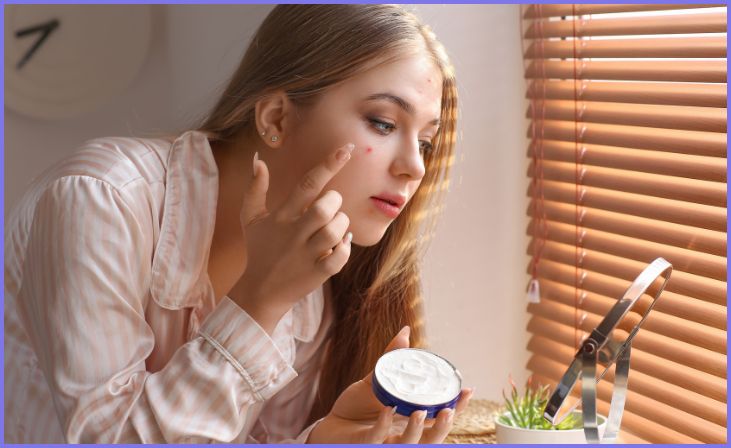Sunspots, also known as solar lentigines or liver spots, are darkened patches of skin that appear on areas of the body that are frequently exposed to the sun, such as the face, hands, arms, and shoulders. While they are usually harmless, many people seek ways to minimize their appearance for cosmetic reasons. If you’re wondering how to effectively treat sunspots on your face, dermatologists recommend a variety of methods ranging from at-home remedies to professional treatments. Let’s delve into some expert advice on tackling these pesky spots.
Understanding Sunspots

Before diving into treatments, it’s important to understand what sunspots are and how they develop. Sunspots are a result of prolonged exposure to ultraviolet (UV) rays from the sun. Over time, these rays can lead to an increase in the production of melanin, the pigment responsible for skin color. This excess melanin accumulates in certain areas, causing the formation of dark spots on the skin.
Prevention is Key
The best way to deal with sunspots is to prevent them from occurring in the first place. Dermatologists strongly advise practicing sun protection measures to shield your skin from harmful UV rays. This includes:
- Wearing Sunscreen: Use a broad-spectrum sunscreen with an SPF of 30 or higher daily, even on cloudy days.
- Seeking Shade: Limit your time in direct sunlight, especially during peak hours between 10 a.m. and 4 p.m.
- Wearing Protective Clothing: Opt for clothing that covers your arms, legs, and face. Wide-brimmed hats are also excellent for protecting your face and neck.
Topical Treatments

If sunspots have already made an appearance on your face, there are several topical treatments that can help fade their appearance. Some popular options recommended by dermatologists include:
- Retinoids: Over-the-counter or prescription retinoid creams can help promote cell turnover and fade sunspots over time.
- Hydroquinone: This skin-lightening agent can be effective in reducing the appearance of dark spots, but it should be used under the guidance of a dermatologist.
- Vitamin C Serums: Serums containing vitamin C can brighten the skin and help fade hyperpigmentation, including sunspots.
- Alpha Hydroxy Acids (AHAs): AHAs, such as glycolic acid, can help exfoliate the skin and fade dark spots with regular use.
Professional Treatments
For more stubborn or pronounced sunspots, dermatological procedures may be necessary. These treatments are typically performed in a dermatologist’s office and include:
- Laser Therapy: Various laser treatments, such as intense pulsed light (IPL) therapy or fractional laser resurfacing, can target and break up the pigmentation in sunspots.
- Chemical Peels: Chemical peels use a chemical solution to exfoliate the skin, revealing a brighter complexion and fading dark spots.
- Cryotherapy: This involves freezing the sunspots with liquid nitrogen, causing them to slough off over time.
- Microdermabrasion: This procedure uses a diamond-tipped device to gently exfoliate the skin and improve its texture, which can help diminish the appearance of sunspots.
Home Remedies

In addition to medical treatments, there are also some natural and home remedies that may help lighten sunspots. These include:
- Lemon Juice: The natural acidity of lemon juice may help lighten dark spots. Apply fresh lemon juice to the affected areas and leave it on for about 10 minutes before rinsing off.
- Aloe Vera: Known for its soothing properties, aloe vera gel can be applied to sunspots to help reduce inflammation and promote healing.
- Green Tea Extract: Green tea contains antioxidants that may help fade sunspots. You can apply brewed and cooled green tea to the skin or look for skincare products containing green tea extract.
Consistency is Key
Whichever treatment option you choose, consistency is crucial for seeing results. It’s essential to follow the recommended regimen diligently and be patient, as fading sunspots can take time. Additionally, always remember to protect your skin from further sun damage by continuing to use sunscreen daily and practicing sun-safe habits.
Conclusion
Dealing with sunspots on your face can be frustrating, but with the right approach, you can diminish their appearance and achieve a more even complexion. Whether you opt for topical treatments, professional procedures, or natural remedies, consulting with a dermatologist is always a wise step to determine the best course of action for your skin. By prioritizing sun protection and adopting a targeted treatment plan, you can effectively manage sunspots and enjoy healthier, radiant skin.
Remember, your skin’s health is an investment, and taking proactive steps now can lead to long-term benefits in maintaining a youthful and even-toned complexion.







